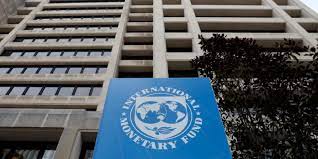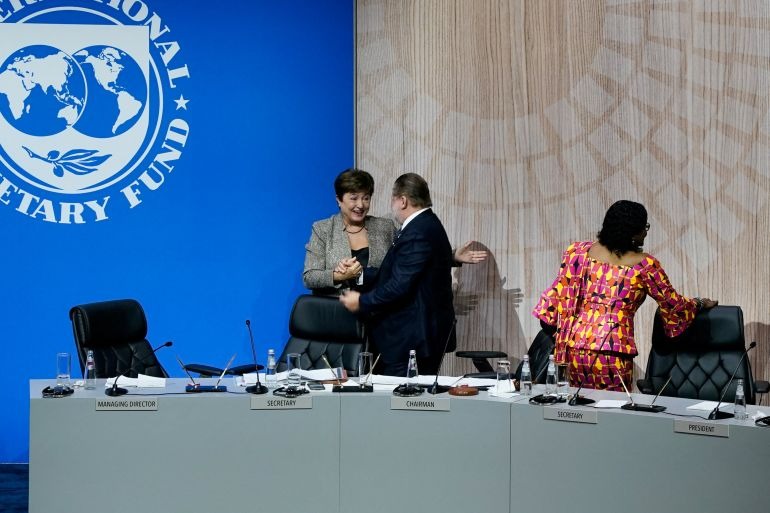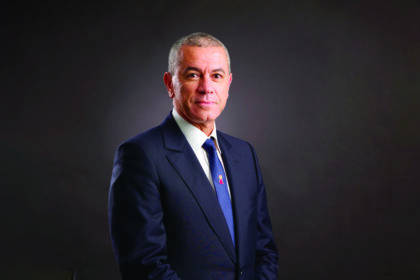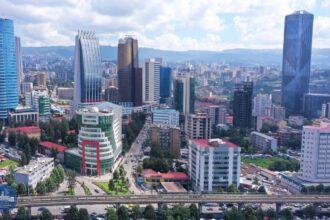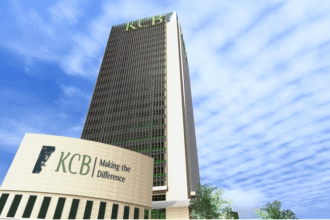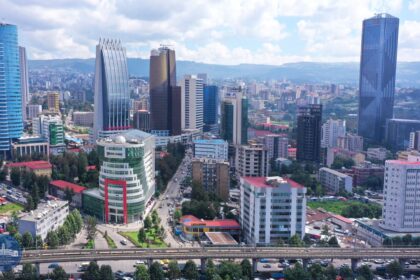At a Glance
- Egypt owes $8.9 billion to IMF, ranking third globally after Argentina and Ukraine.
- Cairo pursues currency reforms, subsidy cuts, and state sales to attract private capital.
- EU, IMF aid bolster Egypt’s recovery amid inflation, debt, and foreign exchange shortages.
Egypt has emerged as Africa’s largest borrower from the International Monetary Fund, with an outstanding credit of SDR 6.89 billion ($8.9 billion), according to IMF data.
The debt, which places Egypt behind only Argentina and Ukraine globally, reflects its heavy reliance on IMF programs to stabilize its economy amid rising inflation, foreign exchange shortages, and external debt.
As Cairo deepens fiscal and monetary reforms, it faces the challenge of balancing debt sustainability with growth and social stability.
The buildup stems from a series of IMF programs over the past decade, which Egypt has relied on to stabilize its economy amid foreign exchange shortages, double-digit inflation and rising external debt.

A fragile recovery built on IMF and EU support
In recent years, Egypt has faced one blow after another, from the war in Ukraine and a global surge in commodity prices to a tighter credit market that has made borrowing more expensive. To stay afloat and continue its reform plans, Cairo secured a multibillion-dollar Extended Fund Facility from the IMF.
That support has been paired with backing from other partners, including the European Union, which approved $5.5 billion in concessional financing to strengthen Egypt’s fiscal position and fund its green development agenda.
The goal is to steady the pound, rebuild confidence among investors, and create space for broader changes in public finances and state-run industries.
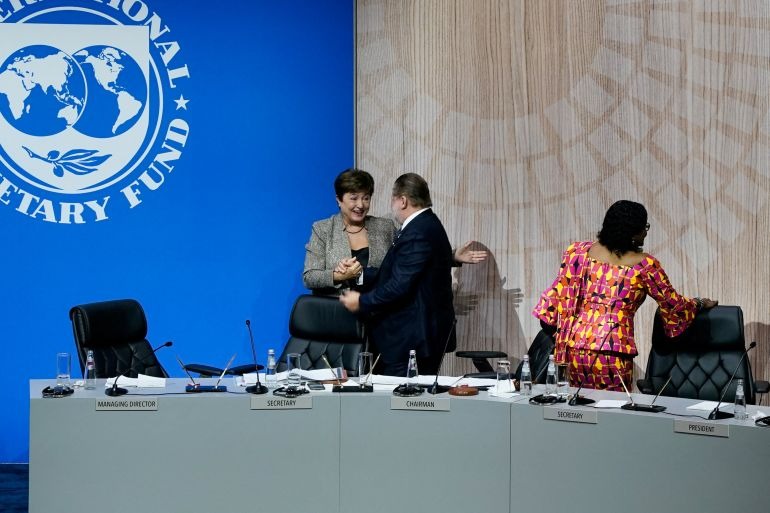
Reforms under pressure: currency, inflation, and state sales
Under its IMF deal, Egypt has committed to a flexible exchange rate, tighter monetary policy, and smaller budget deficits. Authorities have lifted energy subsidies, raised interest rates to slow inflation, and accelerated the sale of state-owned companies to attract private capital.
Foreign reserves are now near $46 billion, but the country still faces large external financing needs. While the IMF and EU have praised Egypt’s progress, ordinary Egyptians have felt the pain of rising food and housing costs.
“Egypt’s commitment to exchange-rate flexibility and fiscal discipline is critical,” an IMF representative said at the Fund’s 2025 meetings. “But social protection must remain central to the adjustment.”
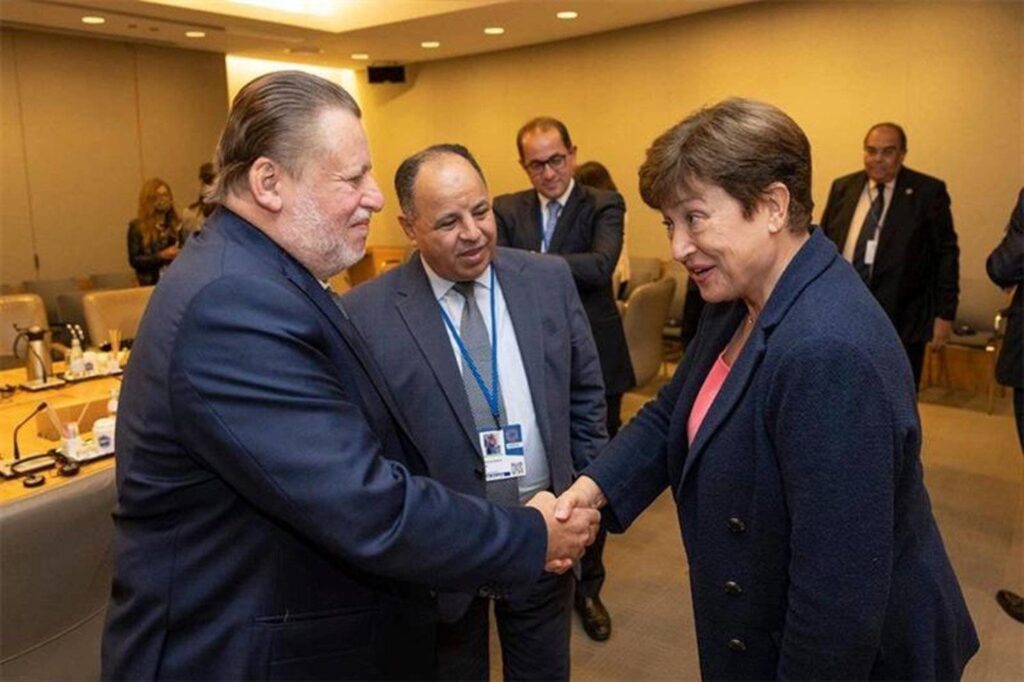
Balancing debt with development
Cairo’s challenge is to balance financial discipline with growth. The government has tried to shield key infrastructure and welfare programs by combining IMF loans with EU grants, Gulf funding and green-finance tools.
These funds are being channeled into renewable energy, logistics, digital infrastructure and small-business lending, all aimed at creating jobs and boosting productivity.
Officials say the goal isn’t just to stay solvent, but to make Egypt a regional hub for sustainable investment and trade.
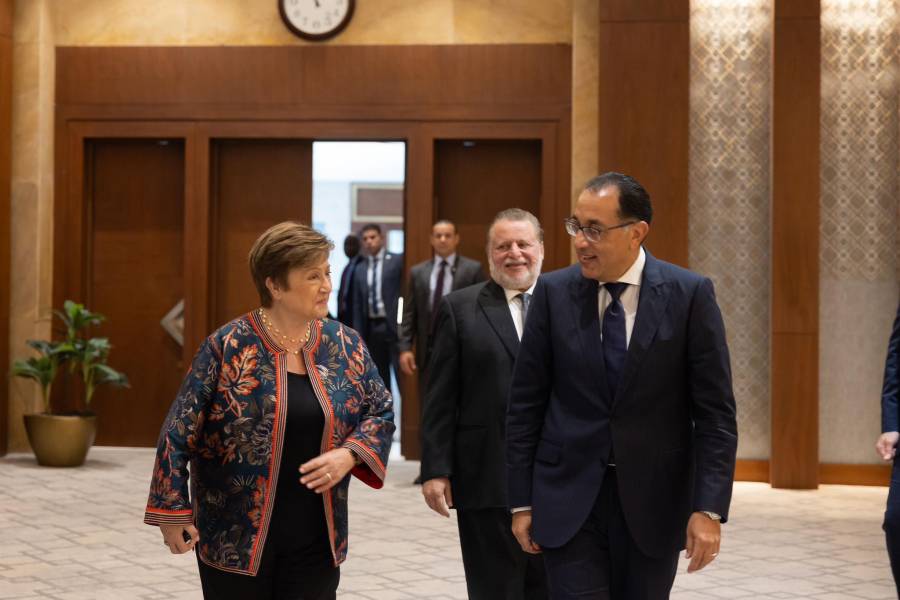
Why Egypt’s IMF debt matters
Being the continent’s top IMF borrower may raise concerns, but the Fund’s involvement provides Egypt with breathing room to implement reforms and regain stability.
“IMF exposure gives Cairo time to execute deep reforms,” said an economist at Renaissance Capital. “The test will be whether these efforts deliver a stronger, more self-sustaining economy.”
Egypt’s standing as Africa’s largest IMF debtor underscores a nation still trying to find balance, managing immediate financial strain while pursuing long-term reform. If the current program stays on track, it could become more than another bailout. It could be the bridge that links crisis recovery to a steadier, more inclusive future for the Arab world’s most populous nation.
